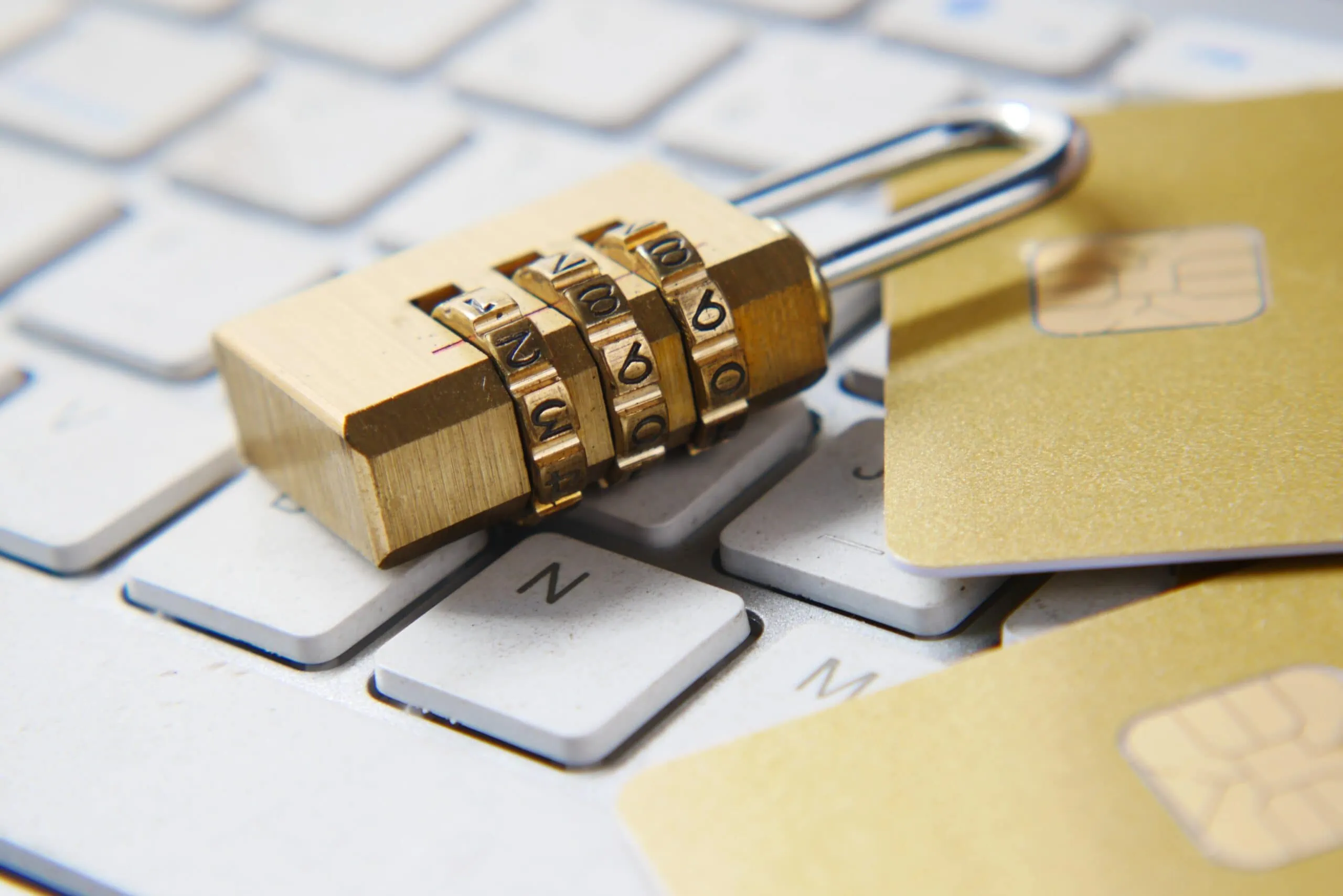How to Prevent Sensitive Data Exposure: Best Practices for Keeping Your Data Safe
How to Prevent Sensitive Data Exposure? Sensitive data exposure is a serious concern for individuals and organizations alike. When sensitive data is exposed, it can lead to serious consequences, including identity theft, financial loss, and reputational damage. In today’s digital age, it’s more important than ever to take steps to prevent data exposure and protect your personal and business data. In this blog post, we will discuss the best practices for preventing sensitive data exposure.

Understand the Risks of Data Exposure
The first step in preventing sensitive data exposure is to understand the risks involved. Sensitive data exposure can occur in a variety of ways, including data breaches, cyber attacks, and human error. Data breaches occur when hackers gain access to a system and steal sensitive data. Cyber attacks can also lead to data exposure, as attackers use various techniques to gain access to sensitive data. Human error, such as misplacing a laptop or leaving a document on a desk, can also lead to data exposure. Understanding these risks is the first step in preventing data exposure.
To mitigate the risk of data exposure, it’s important to implement strong security measures, such as firewalls, antivirus software, and data encryption. It’s also important to train employees on data security best practices, including password management, phishing prevention, and physical security. By understanding the risks of data exposure and taking steps to prevent it, you can protect your sensitive data from potential threats.

Use Data Encryption
Data encryption is a powerful tool for preventing sensitive data exposure. Encryption involves encoding data so that it can only be read by authorized parties with the proper decryption key. This ensures that even if a hacker gains access to the data, they will not be able to read it. Data encryption is essential for protecting sensitive data, including financial information, medical records, and personal information.
There are many types of encryption, including symmetric encryption, asymmetric encryption, and hashing. Symmetric encryption involves using the same key for both encryption and decryption. Asymmetric encryption uses a public key for encryption and a private key for decryption. Hashing involves creating a unique digital fingerprint of data that cannot be reversed. It’s important to understand the different types of encryption and choose the right one for your specific needs.

Implement Access Controls
Access controls are another key component of preventing sensitive data exposure. Access controls involve limiting who can access sensitive data and what they can do with it. This includes implementing user authentication, such as passwords and biometric authentication, and limiting access to sensitive data based on a user’s role and permissions.
It’s also important to monitor access to sensitive data and implement audit trails to track who accessed the data and what they did with it. This can help identify potential security breaches and prevent data exposure. By implementing access controls, you can ensure that sensitive data is only accessed by authorized users and prevent unauthorized access.

Train Employees on Data Security Best Practices
Human error is a common cause of sensitive data exposure, so it’s important to train employees on data security best practices. This includes training on password management, phishing prevention, and physical security. Employees should also be trained on how to handle sensitive data, including how to store it securely and how to dispose of it properly. It’s also important to regularly remind employees about the importance of data security and the potential consequences of data exposure. By creating a culture of data security, you can ensure that employees are taking the necessary steps to protect sensitive data and prevent exposure.

Regularly Update Software and Systems
Software and system vulnerabilities can also lead to sensitive data exposure. Hackers often exploit vulnerabilities in software and systems to gain access to sensitive data. To prevent this, it’s important to regularly update software and systems to patch vulnerabilities and ensure that security measures are up to date. This includes updating operating systems, web browsers, and other software regularly to ensure that any known vulnerabilities are addressed.
In addition, it’s important to implement security updates and patches as soon as they become available. This will ensure that any newly discovered vulnerabilities are addressed quickly, before they can be exploited by hackers.

Use Two-Factor Authentication
Two-factor authentication is an effective way to prevent sensitive data exposure. Two-factor authentication involves requiring a user to provide two forms of authentication before accessing sensitive data. This can include something the user knows, such as a password, and something the user has, such as a mobile phone or security token. By requiring two forms of authentication, you can ensure that only authorized users are able to access sensitive data. This adds an extra layer of security and can prevent unauthorized access, even if a password is compromised.

Monitor and Detect Data Exposure
Monitoring and detecting data exposure is an important step in preventing sensitive data exposure. This involves implementing monitoring tools to detect potential data breaches and responding quickly when a breach is detected. By monitoring access to sensitive data and implementing detection tools, you can identify potential breaches quickly and take action to prevent sensitive data exposure. This can include implementing incident response plans, conducting forensic investigations, and notifying affected parties.

Use Data Backup and Recovery
Data backup and recovery is an essential part of preventing sensitive data exposure. This involves regularly backing up sensitive data and implementing disaster recovery plans in case of data loss or a security breach. By regularly backing up sensitive data, you can ensure that it can be restored quickly in the event of data loss or a security breach. Disaster recovery plans can also help minimize the impact of a security breach and prevent sensitive data exposure.

Conclusion : How to prevent sensitive data exposure?
Sensitive data exposure is a serious threat that can lead to serious consequences for individuals and organizations alike. By understanding the risks of data exposure and implementing best practices for preventing it, you can protect your sensitive data from potential threats. This includes using data encryption, implementing access controls, training employees on data security best practices, regularly updating software and systems, using two-factor authentication, monitoring and detecting data exposure, and using data backup and recovery.
By following these best practices, you can minimize the risk of sensitive data exposure and protect your personal and business data. While no security measures are foolproof, taking these steps can help ensure that your sensitive data is as secure as possible in today’s digital age.






